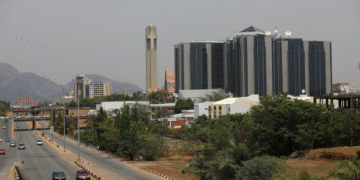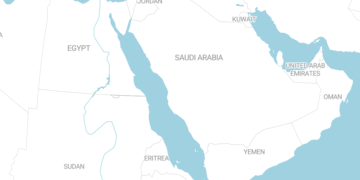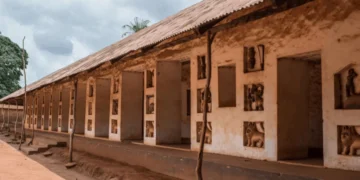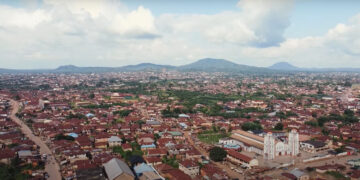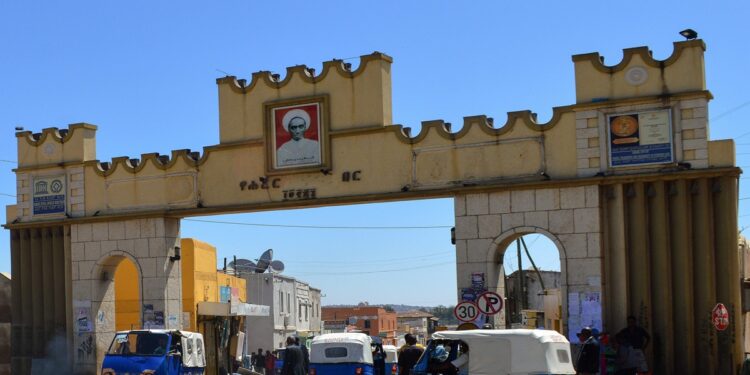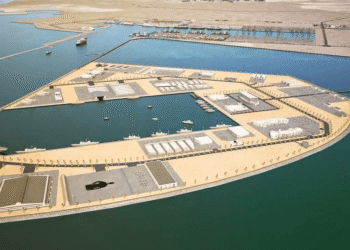The city of Harar Jugol is located in eastern Ethiopia on a plateau approximately 1,885 meters above sea level, surrounded by deserts and savannahs. This walled city, simply known as Harar, represents a cultural, commercial, and religious center of historical importance in the Horn of Africa. Its unique urban fabric, which developed between the 13th and 16th centuries, reflects a blend of African and Islamic influences, resulting in a distinct architectural and social identity. Harar Jugol was inscribed on the UNESCO World Heritage List in 2006 in recognition of its preserved urban and cultural heritage.
Harar was established as an important commercial and religious center, serving as a crossroads for trade routes linking the interior of Ethiopia with ports in the Gulf of Aden and the rest of the Arabian Peninsula. The city reached the height of its influence in the 16th century when it became the capital of the Adal Sultanate, a powerful Islamic state in the region.
During this period, specifically under Emir Nur ibn Mujahid, the defensive wall surrounding the city, known as the “Jugul,” was built between 1551 and 1568. The wall was constructed to protect the city from external threats, particularly from the neighboring Ethiopian highlands. This fortification confined the city’s development within its boundaries, thus preserving its dense and distinctive urban character to this day.
Harar maintained its relative independence as an emirate for several centuries, issuing its own currency. In 1875, Egyptian forces occupied it for ten years, a period that saw some administrative changes. In 1887, the city was incorporated into the Ethiopian Empire under Emperor Menelik II after the Battle of Chelengo. Despite losing its political independence, Harar continued to serve as a religious and cultural center for Muslims in the region.
Harar’s urban planning, the Jugul, is one of its most notable features. The city is a maze of 368 narrow, winding alleys, designed to provide shade and confuse potential invaders. The city occupies an area of no more than 48 hectares within the walls.
The Jugol Wall is between three and five meters high and is built of local stone bonded with mud. It includes five historic gates, which were closed at sunset and opened at sunrise. Each gate leads to a main road connecting the city to the surrounding areas, depending on its function or direction: Bab as-Salam is the main gate leading to the main market; Bab an-Nasr is also known as the Fitouani Gate; Bab al-Futuh is located in the direction of Gursum; Bab ar-Rahmah is a gate leading south; Bab Buda is a gate historically reserved for certain craftsmen.
The city is internally divided into neighborhoods centered around family or community groups. The dense urban fabric is interspersed with small open courtyards used for local markets, social gatherings, and religious ceremonies.
The Harari house (Gey Gar) represents a fundamental element of the city’s architectural and social identity. The design of these houses, believed to have evolved from architectural models from southern Arabia, reflects a specific social and cultural structure.
The houses are built of stone and mud, with flat roofs. The exterior facades are generally simple, with occasional carved wooden entrances.
The interior of a Harari house is characterized by its unique, repetitive composition. The main interior space consists of a large reception room known as the Gidir Gar, which is divided into three levels (terraces) of unequal height known as the Nadaba. The upper level, the most comfortable and decorative, is reserved for senior guests and the head of the household. The two lower levels are reserved for the rest of the family and less important guests. The interior walls are decorated with niches (niches) used to display ceramic and metal utensils, a symbol of a family’s social and economic status. Colorful, handcrafted baskets (known as “moti”) are hung on the walls, used as decorative items and for storing household items. This interior arrangement is consistent in almost all traditional houses, reflecting a strong cultural homogeneity.
Harar is a major center of Islam in the Horn of Africa and is sometimes referred to as the “Fourth Holy City of Islam” (after Mecca, Medina, and Jerusalem) due to the density of its religious institutions. The old city walls contain 82 mosques, some dating back to the 10th century, in addition to 102 shrines and tombs. This high concentration of religious buildings in a small area is a unique feature of the city.
The city is inhabited by the Harari people (Gey’usu), who speak their own Harari language (Adare), a Semitic language spoken only by the city’s residents. The Harari community has long-standing social and craft traditions, including textile making, basketry, bookbinding, and silversmithing.
Harar is unique in its historical tradition of peaceful coexistence with the spotted hyenas that inhabit the surrounding hills. For centuries, “hyena men” have fed these wild animals every night on the outskirts of the city. This tradition is believed to have begun as a means of preventing hyenas from attacking livestock and has evolved into an integral part of the city’s cultural identity and a popular tourist attraction.
Despite its relatively good preservation of its historical fabric, Harar Jugol faces contemporary challenges. Urban expansion outside the walls is putting pressure on the old city’s infrastructure. The use of modern building materials such as concrete blocks and metal sheets in renovations or new construction threatens to erode the authentic architectural character of homes.
Local authorities, with the support of international organizations, are making efforts to preserve the city’s architectural heritage by developing restoration and construction guidelines. These efforts aim to balance the demands of modern life for the population with the urgent need to preserve this site of global value.






